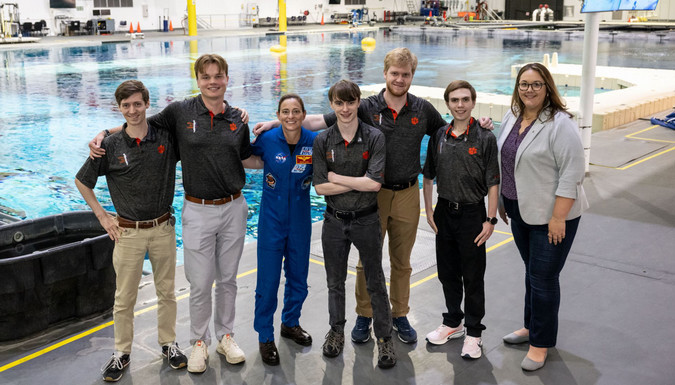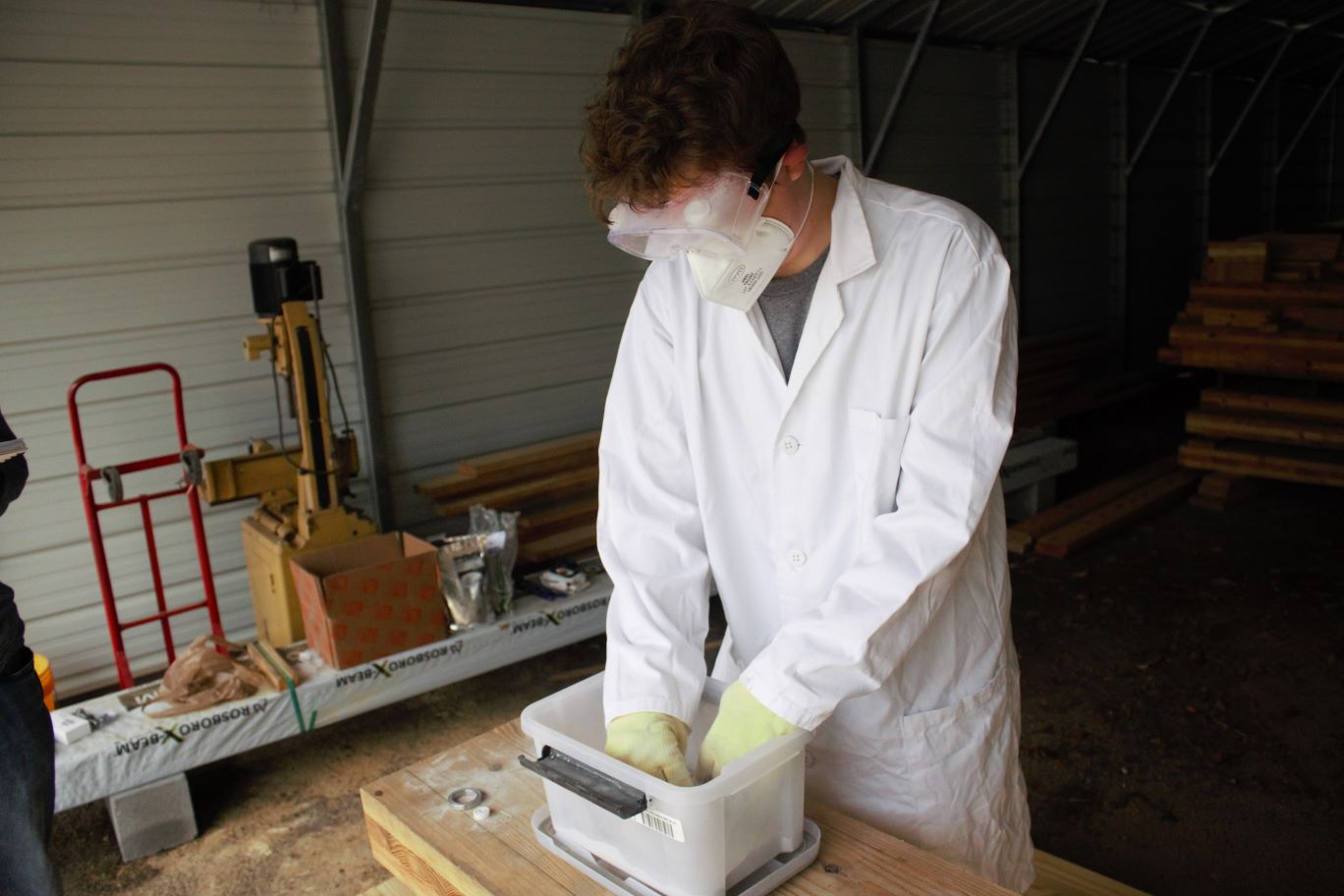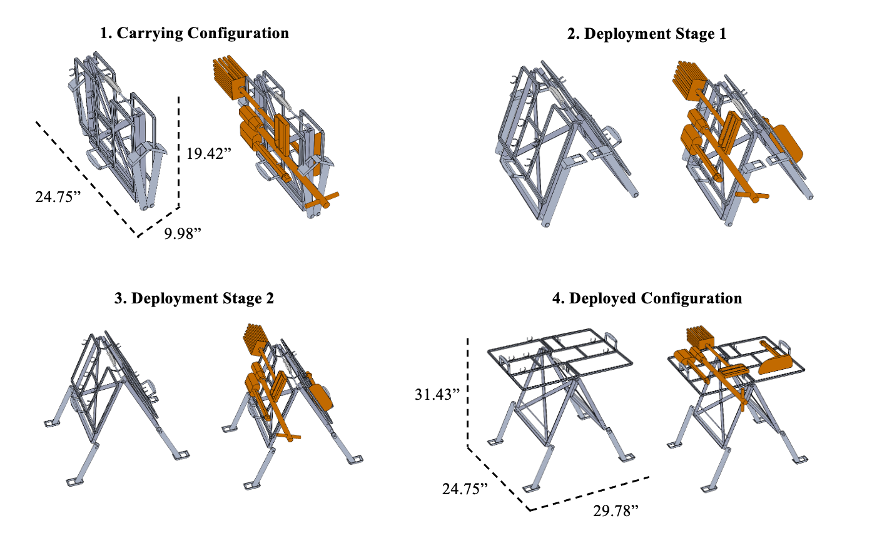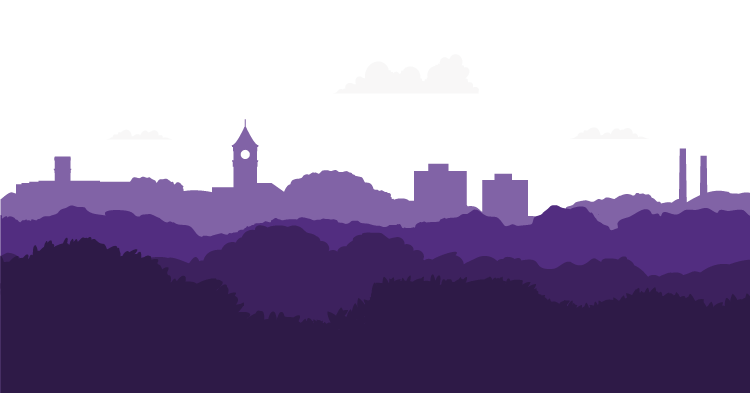NASA Micro-g NExT
For undergraduate engineering students, a chance to have their designs tested by real astronauts is a dream come true. For the NASA Micro-g NExT Creative Inquiry team, led by Dr. Laura Redmond from the Department of Civil Engineering and Andrew Densieski a senior mechanical engineering major, this dream is about to become a reality. Every year, NASA challenges teams of undergraduate students to propose, build and test devices that address current issues in space exploration. If the team’s proposal is accepted, their design will be tested at NASA’s Johnson Space Center Neutral Buoyancy Lab in Houston, Texas. Ultimately, the team hopes their design, or aspects of their design, will go galactic.


This year the team participated in the hand carrier for lunar extravehicular activities (EVA) tools challenge. During the upcoming Artemis III missions, NASA’s first mission sending people to the south pole of the moon, astronauts will collect various lunar samples which require tools such as scoops, rakes and extension handles. In this challenge, teams build a carrier for astronauts to transport their tools on the moon. The carrier must be a hand carrier that can be modified into a smaller version for transportation and a larger version for working at the site.
The Creative Inquiry team’s design is versatile and compared to previous hand carriers it is more reusable and deployable. “The Apollo one was kind of one time use so you set it up and you couldn’t really collapse it. Versus ours, it’s fully deployable and collapsible and has diff erent stages,” Densieski said. The device starts off small so astronauts can carry their toolkit similar to a briefcase. It then folds out into two diff erent arrangements before taking its final form as a worktable.
Not only must the carrier be functional, but it must also be durable – even in the presence of dust on the moon. “It gets in everything and it’s so corrosive and destructive,” Jenna Spangler, a junior mechanical engineering major, said. Dust particles on the moon are small and sharp, capable of ripping apart astronauts’ gloves and boots. This can be a disaster in space. To test how their materials react to dust, the team conducts trials using lunar simulant, a material that imitates dust on the moon. The simulant helps the team ensure their carrier can endure exposure to lunar dust.
After successful trials at Clemson, the Creative Inquiry team’s proposal was accepted by NASA. The team competed at the Johnson Space Center, where the device underwent two different tests. The first test was similar to the lunar simulant experiments they conducted in Clemson, it examined how the device reacts to lunar dust. Then, professional divers took their device to the bottom of the 40-foot pool located in the Johnson Space Center’s Neutral Buoyancy Laboratory to test microgravity, or weightlessness, experienced by astronauts and materials on the moon. Essentially, the divers assessed how the team’s carrier would function in space.
With a successful test at the space center, the team’s device is one step closer to becoming a tool that astronauts use for Artemis III missions.

Unlock Your Potential
Find a CI Project
Click below to search for projects that are actively recruiting students from your major(s).
Current CI Projects
Click below to view current active CI projects.

